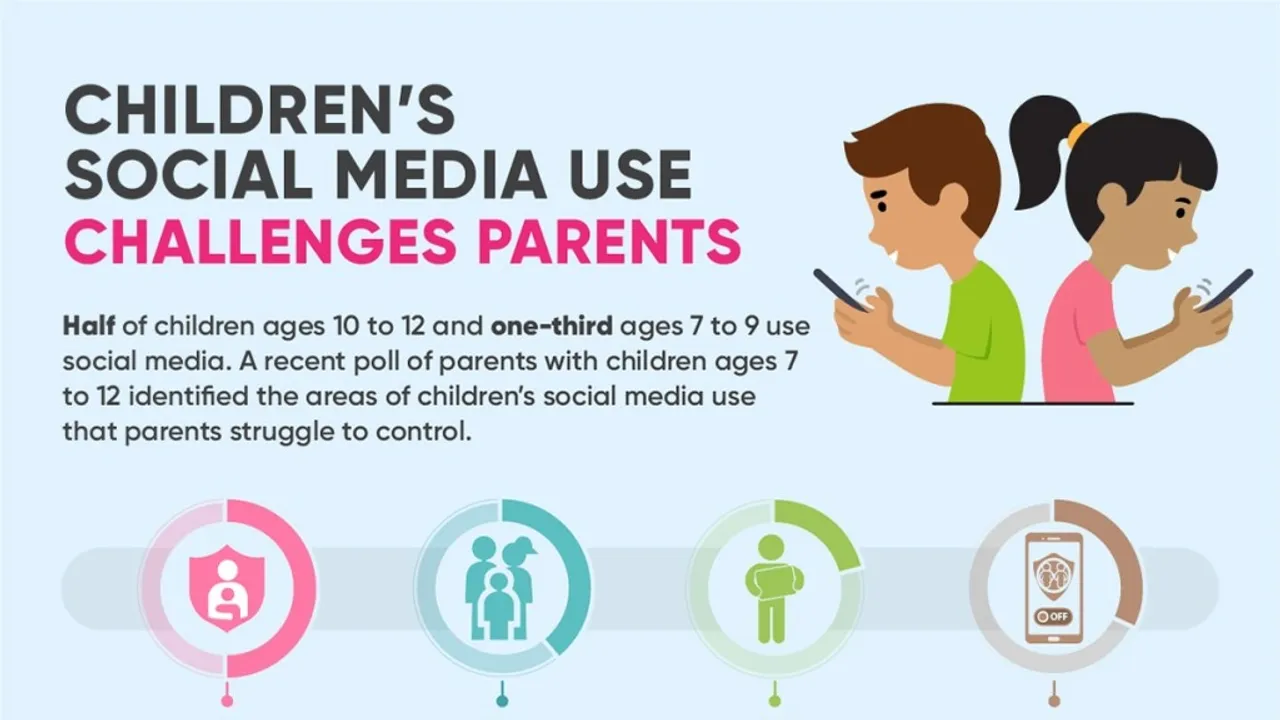Redefining Screen Time: The Digital Reading Revolution in Children's Education
2024-03-07 / News / 9450 Sees / 0 Comments
As debates around screen time for children continue to swirl, casting shadows of concern over behavioral issues and the outright banning of smartphones in schools across some nations, a new narrative is emerging from the depths of digital innovation. This narrative doesn't just challenge the traditional anxieties associated with children's screen use; it flips the script, presenting digital reading as a beacon of educational opportunity rather than a vessel of distraction.
The Evolution of Digital Reading
Once confined to the static pages of CD-ROMs, digital books have blossomed into dynamic platforms that meld artificial intelligence, virtual reality, and interactive community engagement into one. Researchers, including contributors to Scientific American's The Science of Parenting column, are now advocating for a reevaluation of how screen time is perceived, particularly when it involves digital reading. These digital platforms offer personalized, educational experiences that not only enhance literacy skills but also foster creativity and provide new opportunities for family bonding. The journey from simple electronic texts to immersive, interactive learning environments has transformed reading from a solitary act into a collective adventure in knowledge and creativity.
Benefits and Challenges Ahead
There's no denying the potential benefits of digital reading. It offers a personalized experience that can be tailored to each child's learning pace and interests, potentially revolutionizing the way literacy is taught. Through features like intelligent avatars, these platforms can enhance parent-child reading sessions, making learning a more engaging and interactive process. Furthermore, digital reading platforms have the potential to serve as tools for social justice, enabling access to reading materials during lockdowns or for displaced populations. However, this digital revolution is not without its challenges. Concerns over the commercialization of educational technologies, the potential misuse of children's data, and the need for stringent quality checks persist. Collaboration between researchers and developers is crucial to address these issues and ensure that digital reading platforms serve as effective educational tools.
Looking Towards the Future
As we navigate the complexities of integrating technology into children's education, it's clear that digital reading presents an invaluable opportunity to transform literacy instruction. The narrative around screen time is complex, and while concerns regarding overuse and its potential negative impacts cannot be dismissed, the benefits of digital reading offer a compelling counterargument. By embracing these platforms, we can provide children with diverse stories, foster creative expression, and build the literacy skills needed for success in the digital age. However, achieving this vision requires careful consideration of the challenges ahead, ensuring that digital reading enriches children's education rather than detracting from it.
The debate around screen time and digital reading continues to evolve, but one thing remains clear: the potential for digital reading to enhance children's learning experiences is immense. As we move forward, it's essential that we strike a balance, leveraging the benefits of digital reading while addressing the challenges that accompany this technological shift in education. The future of literacy may well be digital, offering a bridge to new worlds of knowledge and creativity for the next generation.
More about“”'s article.
The original address《Redefining Screen Time: The Digital Reading Revolution in Children's Education》